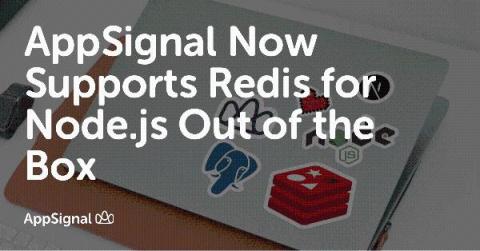Going from Consulting to SaaS
For many freelancers and small business owners, moving from consulting or freelance development work to operating a SaaS product is the Holy Grail. That makes sense: running a SaaS scales better and makes for a stable income. While there’s no guaranteed path to success, here’s what we learned taking AppSignal from a “20% time side-project” to a business serving thousands of developers around the globe. This article isn’t a blueprint.











